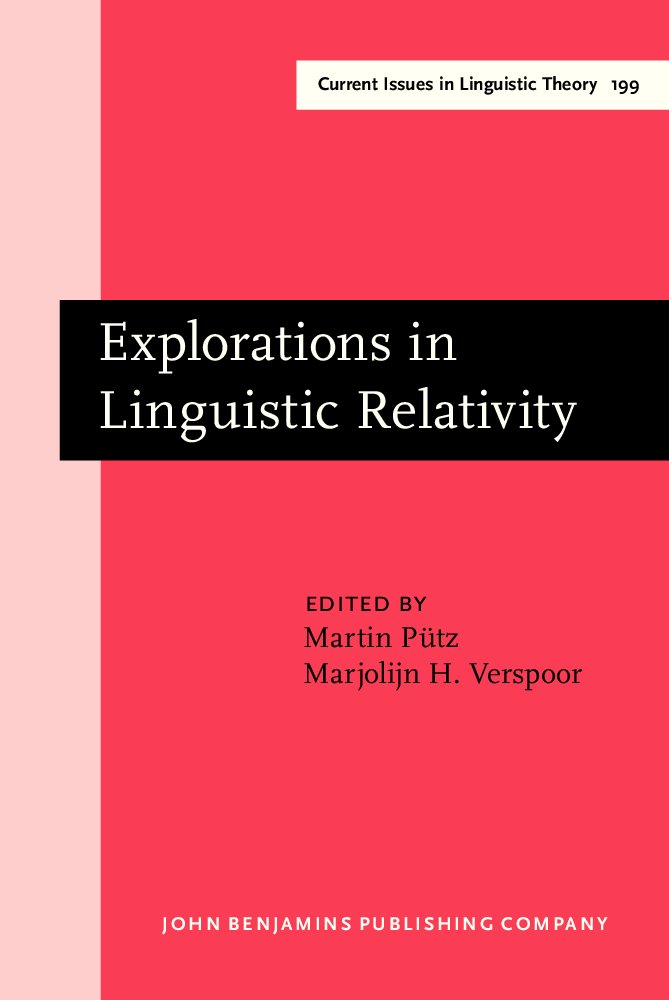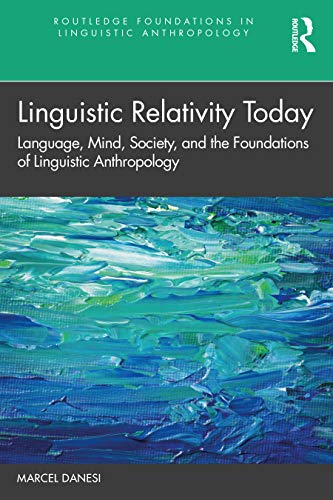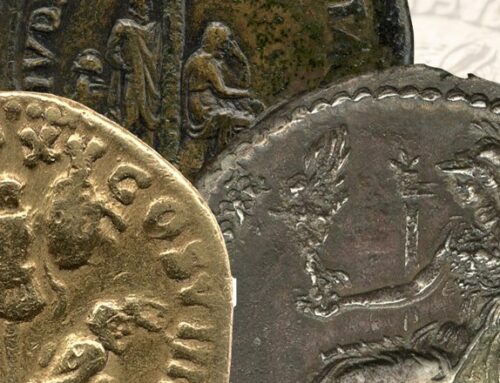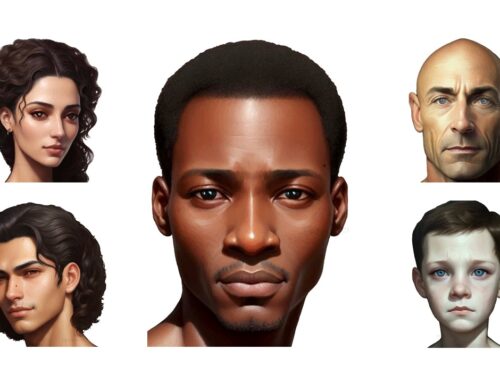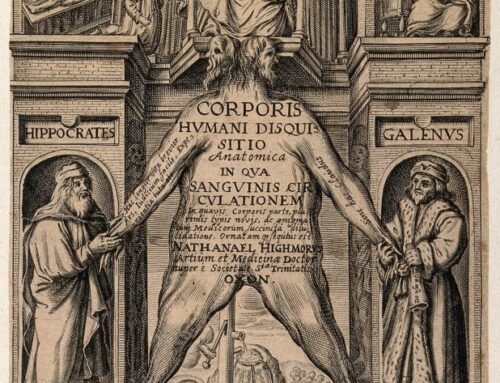The questions raised by global intellectual history, in particular the question of the criteria lying behind comparisons between different societies, the objects that can be represented as “global” (including “similar” concepts encountered by researchers in a large number of societies), the possible reasons for the identified object similarities, the methods of research on these objects, are at the core of our project Political Thought and the Body: Europe and East Asia, ca. 1100-1650. As a member of the research project, I am engaged in semantic analysis of corpora of medieval texts. Therefore, the problems of the object of research and method have specific content for me.
I deal with the history of concepts and ideas by studying written texts, which automatically implies a problem of language. This problem presents any medievalist with a challenge. Either the medievalist thinks that language is a universal category, or he/she considers that the linguistic structures of the world societies are different; in particular, those of medieval society may differ from the modern ones. This is especially important when it comes to the field of semantics, id est the meanings of linguistic units, but syntax, morphology, and pragmatics can also be influenced by the specific structures of the society to which locutors of this or that language belong. For example, any medievalist working with the history of concepts faces the problem of the polysemy of words that refer to these concepts (and in our case, also the problems of rationale and ways of separating metaphorical and non-metaphorical meanings of words denoting body and “political body”), or the problem that metaphors may have different functions in medieval and in modern European languages respectively. Added to these problems is the long-known issue of the mismatch between the conceptual fields of medieval and modern concepts, among which is the field of the body. Numerous studies on linguistic relativism are relevant to our study (although relativists rather cope with differences among contemporary languages and are less involved in diachronic studies). Among the medievalists, the problem of the otherness of medieval European languages was raised by Alain Guerreau and Anita Guerreau-Jalabert.
Another issue is to avoid imposing our modern conceptual grid on medieval society. We intuitively accept the idea of a difference between East and West rather than the idea of a difference between medieval European and modern European societies. The extension of the perspective into the global can help medievalists to become a little more relativist in this respect. When we include eastern medieval systems in the comparative analysis, we show that the medieval European system shares some common features with the medieval eastern systems (although we also observe numerous dissimilarities). The idea then becomes somewhat more straightforward that medieval society differed in its systemic characteristics from our modern society. In this regard, Philippe Descola’s study, Beyond nature and culture (Par-delà nature et culture, Paris, 2005), turns out to be very instructive.
Turning to the object under study, pre-modern body metaphors that are at the core of our project can be represented by some scholars as a global object, at least because these kinds of metaphors seem to be common to many societies. This observation poses several problems in turn. While we note the wide geographical spread of metaphors, we are nevertheless faced with the question of the nature of this spread. We do not know whether these metaphors were initially present in these societies or whether they were assimilated from one (several) centre(s).
Anyway, through comparative analysis, we can identify common features in the use of corporeal metaphors in pre-modern societies. The key question in this respect is how to proceed to a comparison. The approach is to understand the role of the body metaphors within the systems of each society and only then proceed to a comparison between societies; the main methodological issue is to avoid extracting individual elements out of the context where they draw their meaning. Furthermore, the problem of comparison brings us back to the question of the boundaries of the universal and the non-universal in different cultures.
Final remark. The study of the semantics of the medieval body utilising digital humanities methods became possible recently. The work of numerous national teams to build large diachronic corpora now enables each researcher to proceed to a study of individual concepts at a more general level than previously, in particular to work on larger geographical and temporal scales. In this respect, historical science dealing with global objects becomes, to some extent, akin to natural sciences, where one of the main characteristics is the possibility of varying levels of analysis and experimentation with the amount of data analyzed.




